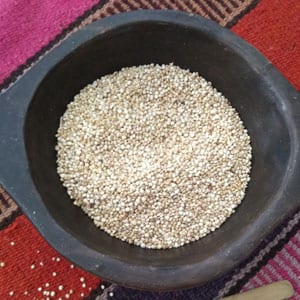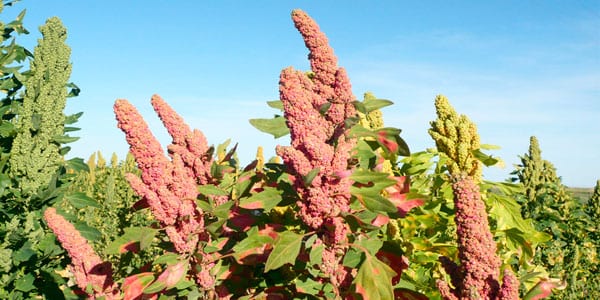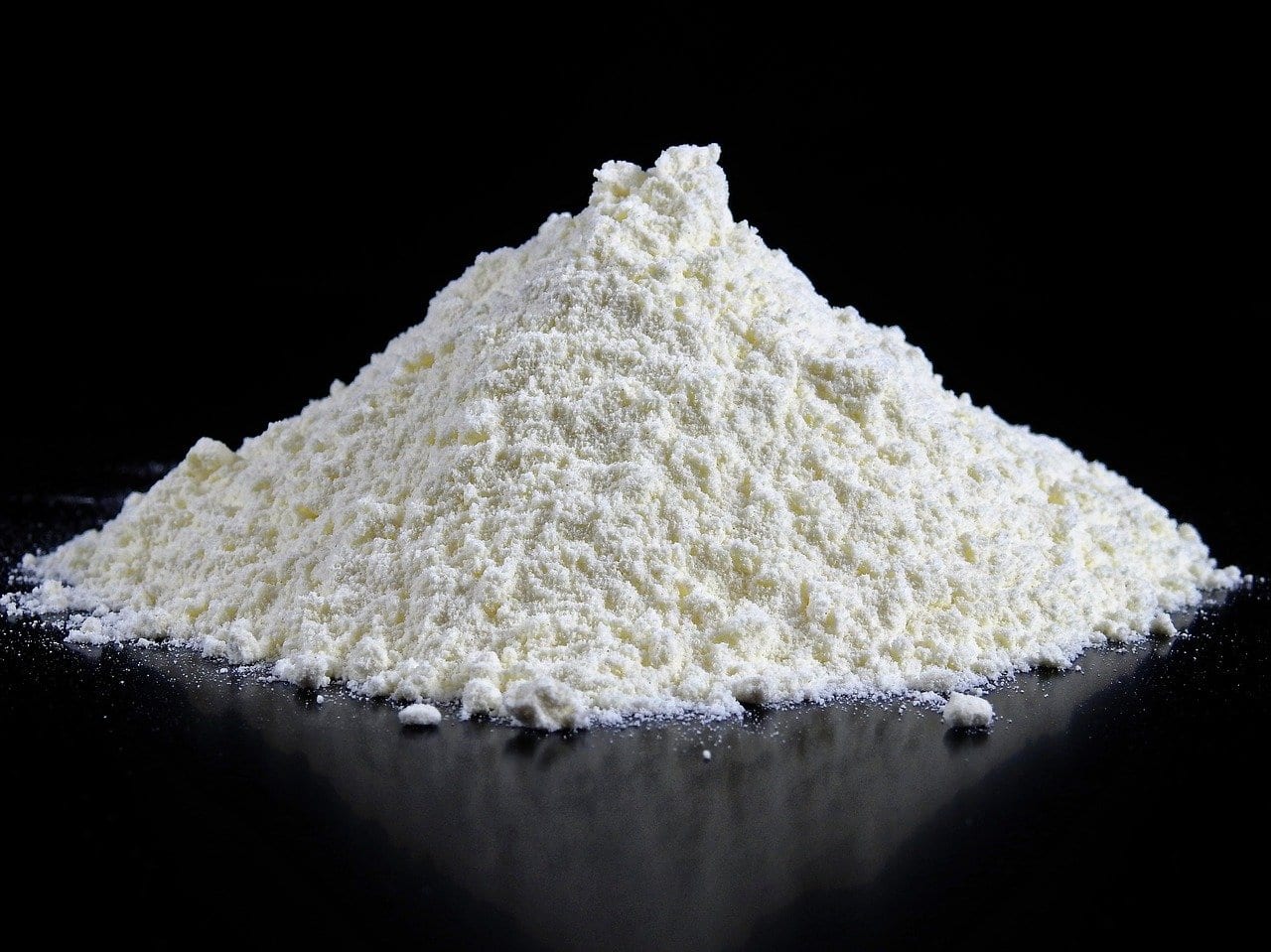Large products Argentina
Writes: Laura Litvin
Instagram @laulitvin
Since ancient times, quinoa has always been - along with potatoes and corn - the primary sustenance of the Andean civilizations. A magical, powerful, nutritious and tasty seed. A grain honored as the mother of all grains.
The conquerors banned languages, the gods ... also quinoa
Europeans quickly understood its importance in the life of the original peoples of the South American Andes. So, just as they prohibited languages and gods, customs and beliefs, they also prohibited quinoa. Instead they forced wheat to be planted, and this wonderful pseudocereal stoically endured the contempt of the wealthy classes. These relegated him for generations to the tables of the most humble. In many cases, it went straight to animal feed.
It took a revolution of thought to understand the nutritional and symbolic value that quinoa has in the cultural identity of America. Only in 2013 did the United Nations Assembly focus on this crop. He declared it as the International Year of Quinoa.
Quinoa

Today it is not only revalued as a product that guarantees food security for future peoples. It has also become a commodity that is exported and grown in more than 70 countries on the planet.
In that fan, the quinoa flew into space with NASA spacecraft. Share ranking among the 21 seeds most resistant to climate change. Among its properties, its 23% protein content stands out (it means twice that of any cereal); and it has the 8 essential amino acids for the body. It is gluten-free and easy to digest, which is why it is also suitable for celiacs.
In return, many still do not know how to cook it.
There are numerous varieties. The best known are the white, the red and the black. Each offers different intensities of flavor, from neutral to more wild. In order to enjoy it at the table, it is necessary to remove the saponin. This is a bitter substance that is removed by washing it several times. There are those who do it even 7 times, changing the soaking water every so often. Afterwards, boiling allows these beans to hydrate and express their genuine flavor.
Consumed in northern Argentina, in Bolivia and Peru. It is common to find quinoa in recipes known for having rice or potatoes or even corn. Try a salad with intense flavors: tomato, coriander, red onion, a rocoto pepper and the beautiful grains of quinoa. Or a quinoa-based risotto. It will only be happy.







